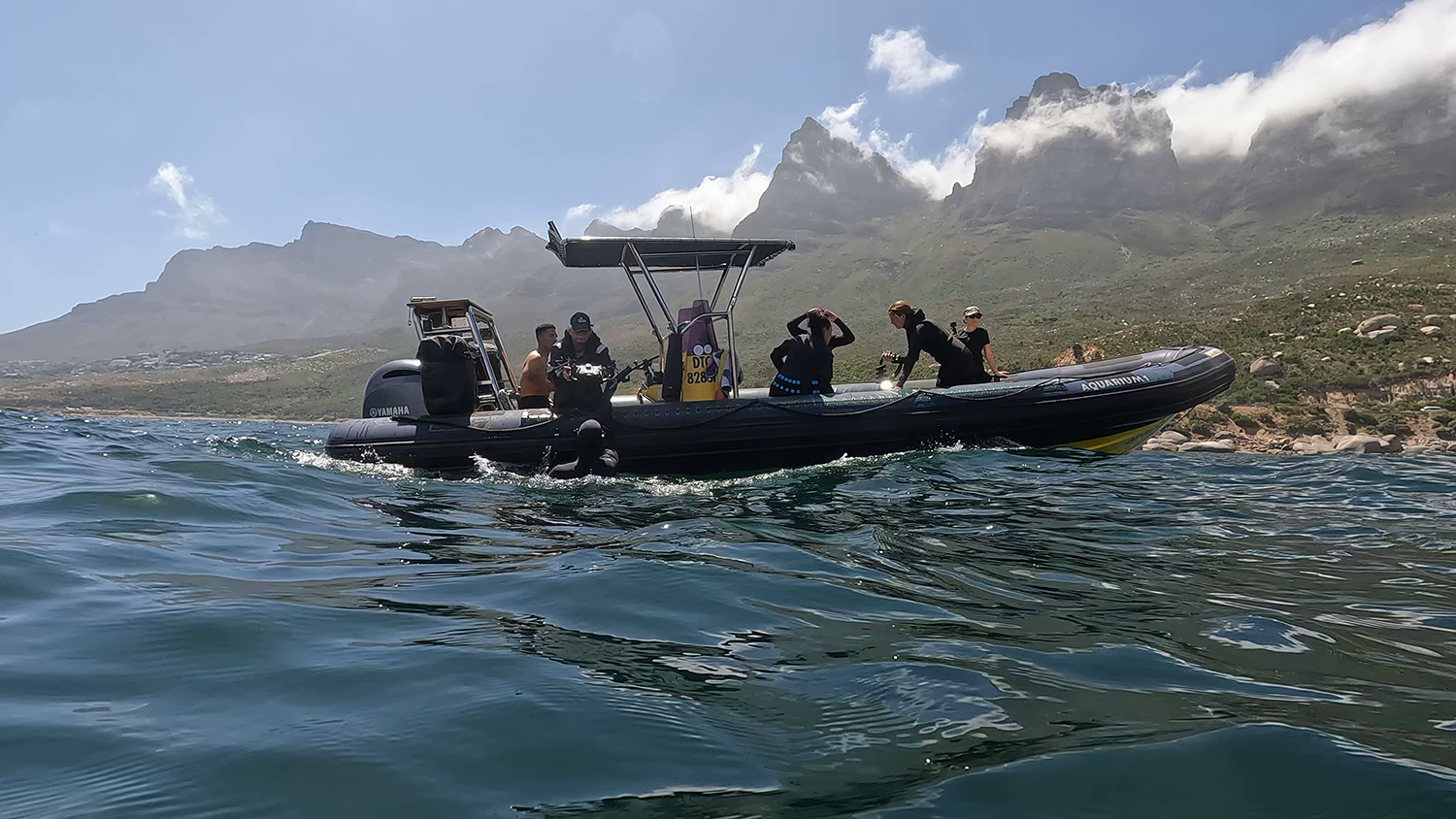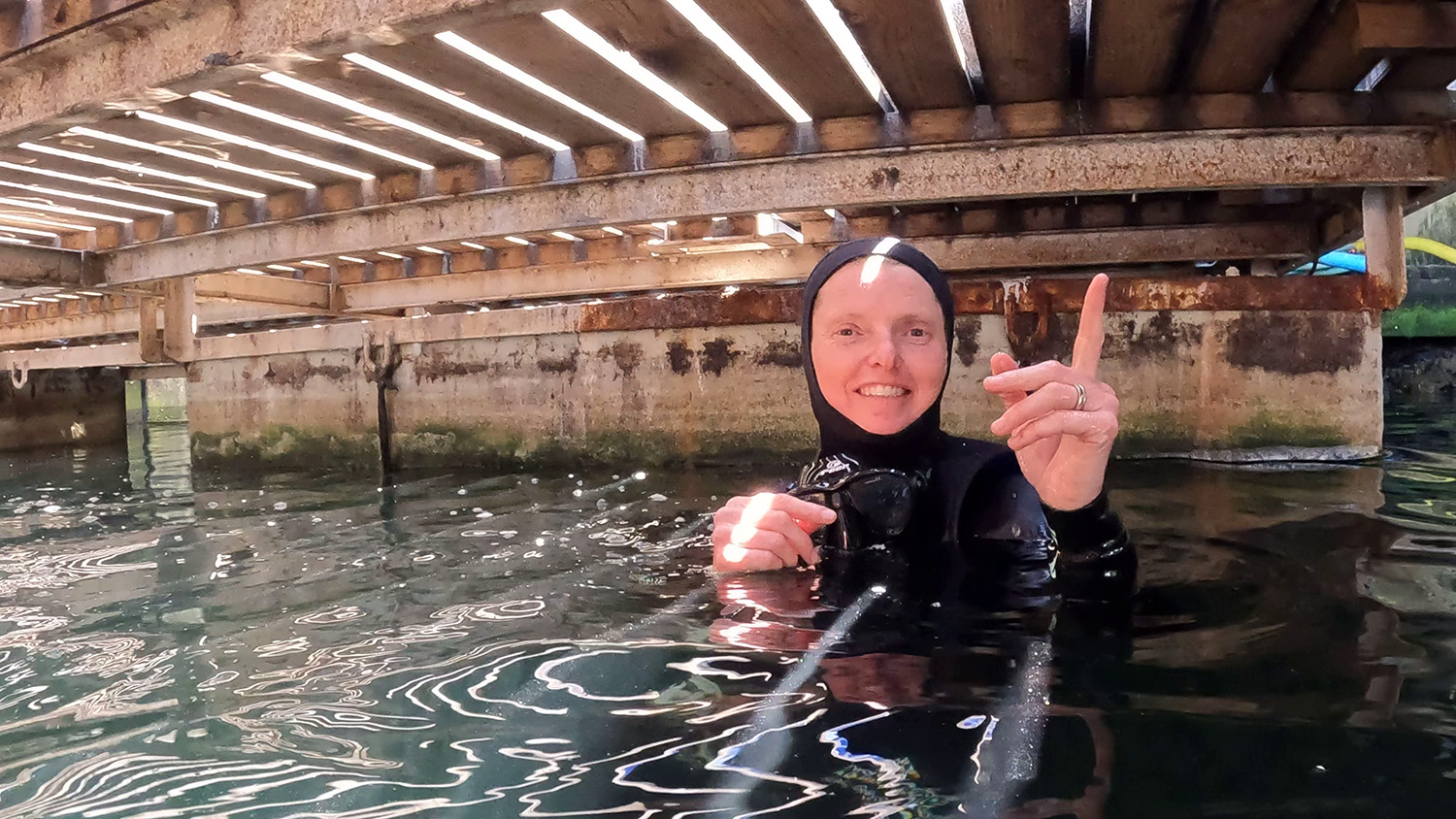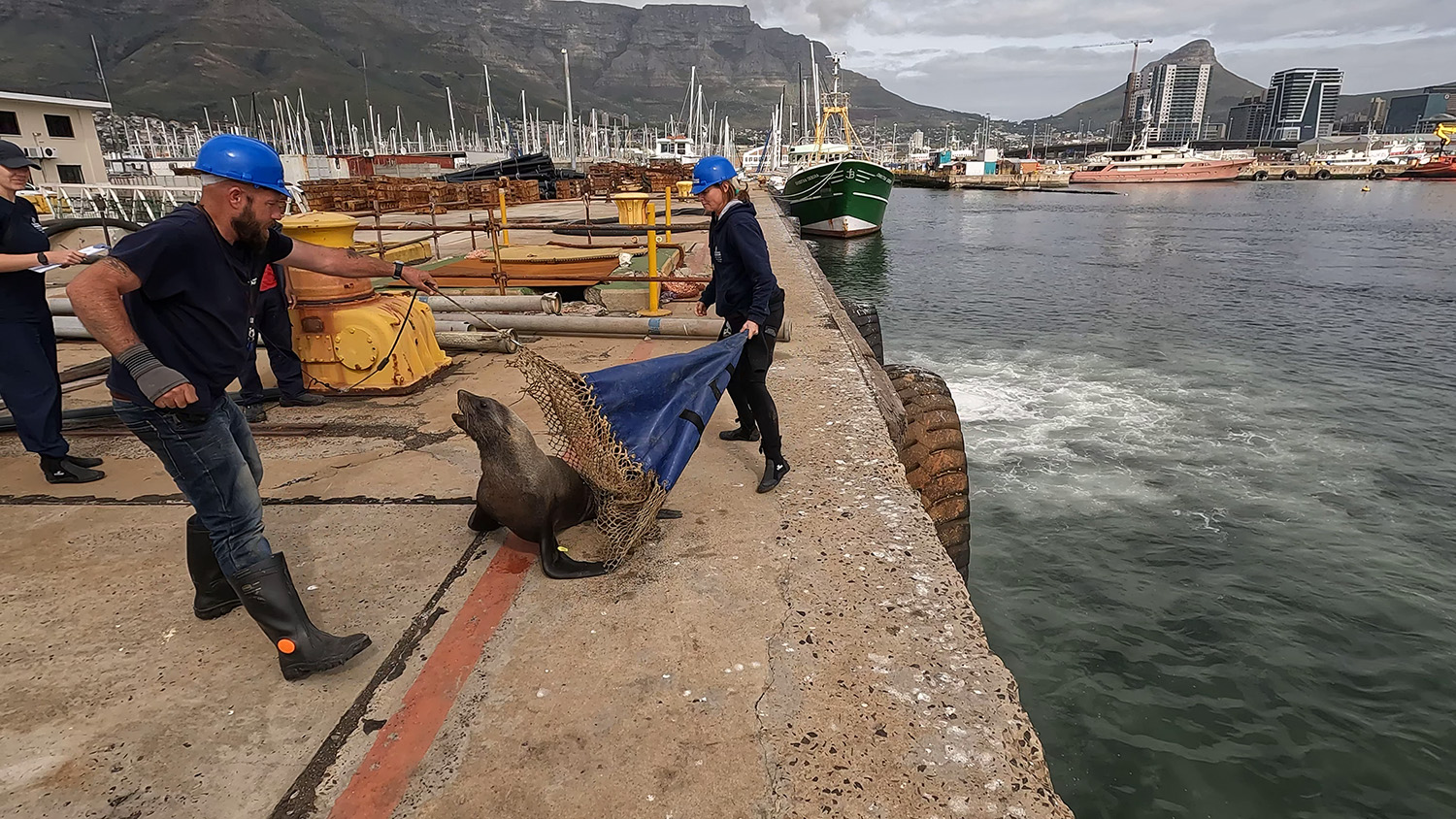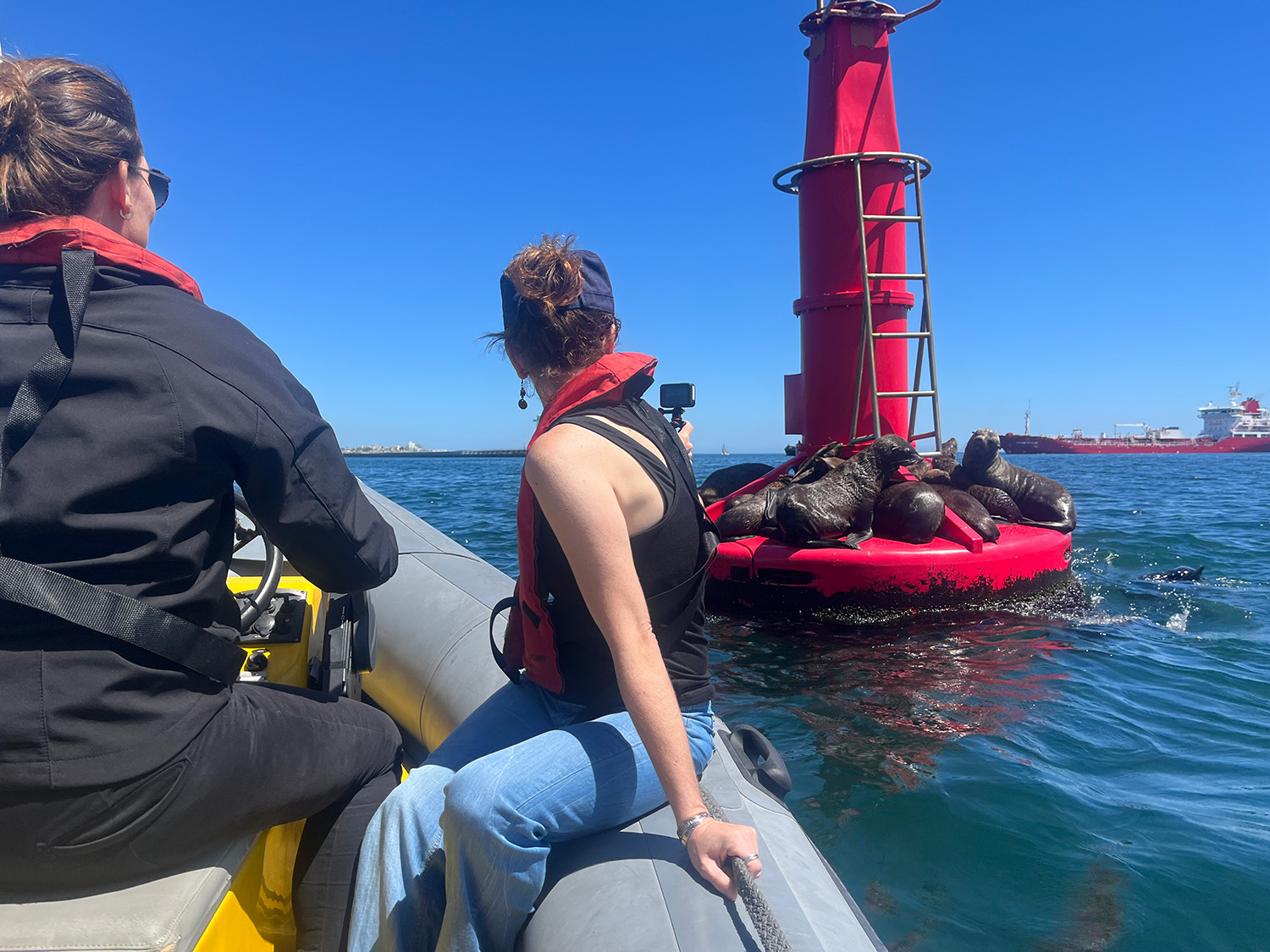



Documentary: By die soutwater
By die soutwater, a documentary film by Marguerite Venter and the Two Oceans Aquarium Foundation, exposes a different side of the V&A Waterfront in Cape Town. In this functioning harbour crowded with tourists, the foundation’s team, a dedicated group of marine specialists, scientists and volunteers, work without end to protect urban sea animals, from seagulls to seals.
Still, despite their commitment and actions to limit conflict and the impact of expansions at the harbour on the animals, they have to deal with anguish as they observe the animals’ suffering. In their pursuit of a better relationship between man and animal, they tackle this painful situation assiduously.
Marguerite, who worked on the doccie as director, producer and co-editor, tells more.
You obviously have a great love for nature – where does this love come from?
I think I was born this way. I have always loved nature, from the plains of the Free State to the mountains of the Cape. I always feel connected to nature, and it continuously takes my breath away.
As a child, I had a small camera, and I remember asking my brother once to have a film developed for me. He obviously expected more, because his only comment when he returned the photos to me was, ‘Who fills an entire roll with pictures of clouds?’ The clouds in the Free State are the most beautiful.
Your documentary is compassionate and presented from a unique angle. Are seals your favourite animals?
I’ve never been able to pick a favourite animal, all creatures are special in their own way. My favourite characteristics of seals are that they are very comical, and they are definitely more intelligent than they look.
Making the documentary, I really wanted people to see seals in a different light, and I wanted to cultivate empathy towards them. Seals are not listed as endangered, but it doesn’t mean they should suffer. As with any other animal, they are important in their own right.
How personal is the experience of watching rescue efforts? Do you sometimes get the opportunity to go on missions with the Two Oceans team?
I join them on rescue missions as often as possible. The camera serves as a shield and helps me not to be swept away with emotion in the moment of filming the animals in such dire situations.
I do become emotional when I work through the footage during editing. But I believe it is also those emotions that enable me to edit in a way that make viewers feel as if they are involved and in the moment.
What I found special was that the seal we recognised from a scar and his tag as number 91, which we show being freed from entanglement at the beginning of the documentary, was the same seal which Claire Taylor, an animal welfare specialist, refers to at the end of the documentary. It was very moving to see him again after nearly two years – without doubt a full circle moment for me.
The entanglement of seals paints a dark picture, but are there any other aspects that make you feel hopeful about the protection of our ocean life?
It’s difficult, because if you work in this field and you regularly see entangled seals and hundreds of sea tortoises who ingested plastic, you get a vivid picture of what is going on in the ocean. Then you realise how vulnerable animals are because of human actions … But there is always hope for humankind and their willingness to make informed changes.
It is also one of the reasons why I make documentaries. I do what I can. I am not trained to work with animals, but I can make films. I can show people what is happening, and from there they can decide which role they want to play in this crisis.
Most people think they must do something major to make a difference, but something small in your everyday life is enough. By doing what you can, big or small, you are part of the solution and not the problem. That would be a good start.
How did a Free State girl end up in Cape Town?
As a child, I always hoped to live in Cape Town. My grandmother, who was from the Cape originally, and I often took the train from Bloemfontein to Cape Town during holidays. There we spent most of our time with family in Muizenberg, and my love for the Cape undoubtedly started during those holidays. When I had the opportunity to move to the Cape in 2000, I grabbed it with both hands. Who wouldn’t!
If you had to choose an alternative career, what would it be?
When I was at school, I always hoped to become a wildlife photographer. Or to own a very old hotel with wooden floors in a small town, where fascinating people come and go.
